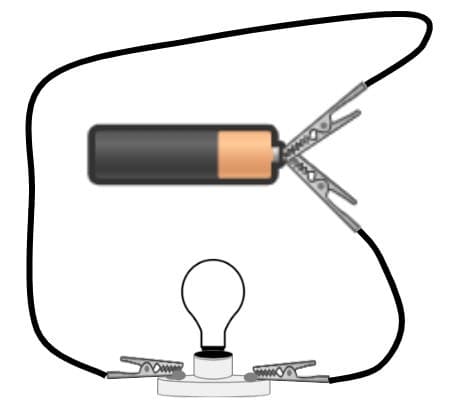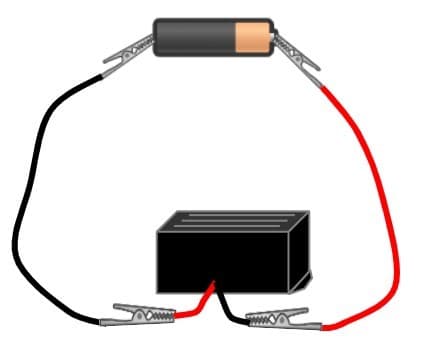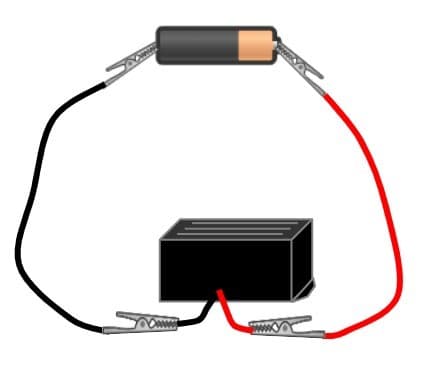Troubleshooting problems with circuits
I can solve problems and improve simple circuits.
Troubleshooting problems with circuits
I can solve problems and improve simple circuits.
These resources will be removed by end of Summer Term 2025.
Switch to our new teaching resources now - designed by teachers and leading subject experts, and tested in classrooms.
These resources were created for remote use during the pandemic and are not designed for classroom teaching.
Lesson details
Key learning points
- A circuit will not work if it is not part of a complete loop with a battery.
- Buzzers only work if they are connected in the correct direction.
- To solve problems with circuits, scientists test whether they are connected correctly and whether the components work.
- Electricians check if circuits have been built incorrectly and with improper wiring.
- When we use electricity and electrical appliances, we need to follow rules to stay safe.
Keywords
Circuit - An electrical circuit is a closed loop or path that electricity can flow through to make something work.
Complete - A complete electrical circuit is made when all components are connected together correctly and there are no breaks in the circuit.
Incomplete - An incomplete electrical circuit is made when the components are not connected together correctly or there are breaks in the circuit.
Connectors - Connectors are the places on components where the wires make contact to join it to the rest of the circuit.
Electrician - An electrician is an expert in electrical circuits and electricity.
Common misconception
Misconceptions associated with incomplete circuits: one wire to battery; connections to the same end of the battery; wires the wrong way round; not connecting clips to metal.
Children will be taught how to troubleshoot circuits which are not working to address these misconceptions.
To help you plan your year 4 science lesson on: Troubleshooting problems with circuits, download all teaching resources for free and adapt to suit your pupils' needs...
To help you plan your year 4 science lesson on: Troubleshooting problems with circuits, download all teaching resources for free and adapt to suit your pupils' needs.
The starter quiz will activate and check your pupils' prior knowledge, with versions available both with and without answers in PDF format.
We use learning cycles to break down learning into key concepts or ideas linked to the learning outcome. Each learning cycle features explanations with checks for understanding and practice tasks with feedback. All of this is found in our slide decks, ready for you to download and edit. The practice tasks are also available as printable worksheets and some lessons have additional materials with extra material you might need for teaching the lesson.
The assessment exit quiz will test your pupils' understanding of the key learning points.
Our video is a tool for planning, showing how other teachers might teach the lesson, offering helpful tips, modelled explanations and inspiration for your own delivery in the classroom. Plus, you can set it as homework or revision for pupils and keep their learning on track by sharing an online pupil version of this lesson.
Explore more key stage 2 science lessons from the Simple electrical circuits unit, dive into the full secondary science curriculum, or learn more about lesson planning.

Equipment
Components for simple electric circuits: cells, wires, bulbs in holders, buzzers and motors.
Content guidance
- Risk assessment required - equipment
Supervision
Adult supervision required
Licence
Starter quiz
6 Questions




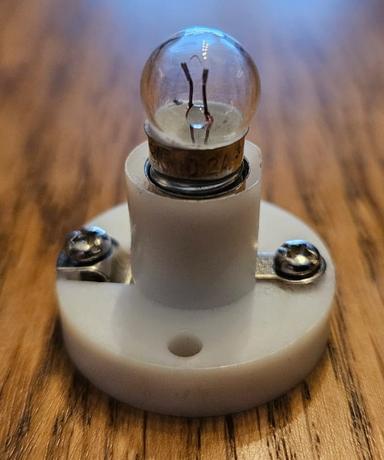
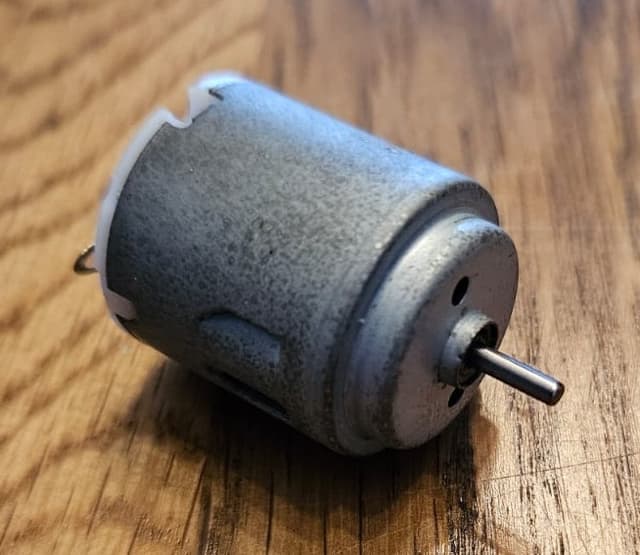

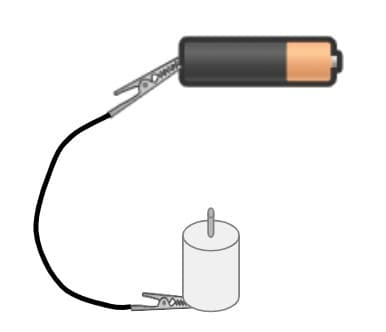
Exit quiz
6 Questions


